Welcome to Week 2 of National Safety Month 2025
Proudly Sponsored by:
Garmin’s certified ADS-B options use the more universally accepted 1090ES technology for ADS-B “Out” and work with your compatible avionics to reliably detect and display ADS-B “In” traffic in your vicinity. That means more awareness — and more value for your rebate — when you go with a Garmin ADS-B installation.
Round 2 of the government ADS-B program is now available. Now is the time to take advantage of the program – and maximise your savings with a Garmin ADS-B solution.
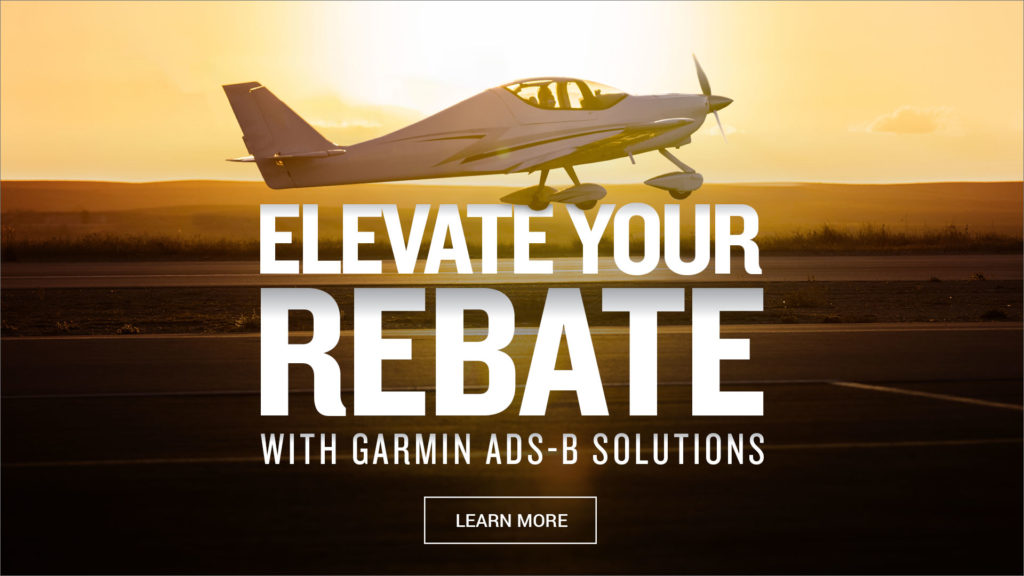
Flight Phase: Take-off
Take-off marks the point where preparation turns into action. While it may not carry the same intensity of landing; take-off requires the skills, assessment and judgement as we transition into the airborne environment – where we need to begin to apply a high degree of situational awareness and predictability in the manoeuvring of our aircraft. This coupled with effective communications will enhance safety in this phase of flight.
We’ll also turn the spotlight on good communication practices. Clear, concise, and timely exchanges not only keep us on the same page but also prevent small misunderstandings from snowballing into bigger issues. Our focus will be on airspace awareness — knowing the rules of the air, the boundaries we operate in, and the timelines that keep everything flowing safely.
This week’s content sets us up well to discuss situational awareness in detail over the next week. But its pertinent to emphasise the importance of – keeping our eyes out, building a broad and complete picture of what’s happening around you – as these are skills that help us stay proactive rather than reactive in every phase of flight, including take-off.
As we roll into Week 2, let’s take the lessons from take-off with us: be prepared, stay sharp, and set ourselves up for a smooth and successful journey ahead
Are you ready to move into the three-dimensional domain as you line up to take-off?
Take-off isn’t just about getting airborne — it’s about merging smoothly into an already busy sky. Think of it like joining a six-lane highway at speed: you need to be prepared, predictable, and aware of who else is around you. Before you push the throttle forward, ask yourself: “Am I ready for what’s in the air I’m about to enter?”
That readiness begins on the ground.
- Is your aircraft fit and serviceable?
- Are you personally prepared — not just for the take-off roll, but for any abnormal situation or emergency that could arise?
- Is your radio working and tuned to the correct frequency?
- Just as importantly, have you established a listening watch and built a mental picture of the traffic situation?
As you accelerate from a standstill to 100 km/h and climb away, the demands increase quickly. A smooth and safe climb into the circuit depends on clear communication and active scanning — because you may be sharing the air with mixed traffic, from light sport aircraft and helicopters, gliders to faster IFR arrivals. Does everyone know your intentions? Have you made yourself both seen and heard?
Take-off readiness isn’t just about power and performance. It’s about being switched on, situationally aware, and ready to merge seamlessly into the traffic picture above you.

Radio Procedures in Non-Controlled Airspace
Flying in non-controlled airspace can feel straightforward — until you realise just how many different aircraft, operations, and pilots you may be sharing the skies with. From light sport aircraft and helicopters to high-performance RPT and parachute ops, the mix can be as diverse as it is busy. You may not be able to see them all at once but building a clear moving map based on Alerted See and Avoid principles is critical to stay safe.
💡 What is Alerted See and Avoid?
The skill of assessing information from both visual and audible sources to build a clear dynamic picture of traffic and determine real threats and appropriate actions for satisfactory separation
But how clear is your communication, really?
- Are you always on the right frequency?
- Do your broadcasts help others?
- Would every pilot in the circuit understand your phraseology?
- When you didn’t hear a call — do you assume no one’s there?
The rules are simple: listen first, use standard phraseology’, and speak clearly. But this discipline comes with practice in using radio calls that add real value for everyone in the air.
Remember: non-controlled doesn’t mean “unwatched.” It means you are part of the broader airborne safety system. Every broadcast you make is another piece in the situational awareness puzzle for every pilot that helps keep everyone safe.
So next time you’re in a Class G airspace or within a CTAF, ask yourself:
👉 “Will this call help others understand exactly where I am, what am I doing, and what are my intentions?”
If the answer is yes, you’re not just being heard — you’re helping everyone be safe.
✓ Are you on the right frequency?
✓ Does your broadcast add value — or just clutter?
✓ Will every pilot understand your call?
✓ Didn’t hear a call — are you sure no one’s there?
Every transmission counts.
Keep it clear. Keep it standard. Keep it safe.
Controlled Airspace – Know it, Respect it, Stay Clear
For most RAAus pilots, access to controlled airspace is generally not available. Our safety depends on knowing exactly where those boundaries are, planning carefully to avoid them, and staying clear of established flight paths. Infringing controlled airspace isn’t just a paperwork issue — it can create real safety risks for everyone.
That’s why the first and most important question before any flight is:
👉 Where does my intended route sit in relation to controlled airspace and traffic corridors?
By checking charts, planning altitudes, and understanding controlled airspace structures around busy aerodromes, we can avoid infringements and keep our flying safe, predictable, and compliant.
🚫 Controlled Airspace: Stay Clear
👉 Remind yourself where in a physical geographical sense the control boundaries are in your pre-flight planning: controlled airspace generally is off-limits.
- This means vertical limits as well.
- Are you confident you won’t stray into other established flight paths?
- Have you planned your route and altitude to stay clear?
- The safest flight is one that avoids infringement.

When can an RAAus pilot fly in controlled airspace?
There are limited situations where an RAAus aircraft may be permitted into controlled airspace — for example, through a CASA exemption, or when operating with an approved flight training school in active controlled airspace. Civil Aviation Orders (CAO) 95.55 and 95.32 state the provisions and requirements that must be met for RAAus pilots to access Controlled airspace.
When these circumstances apply, both the pilot and the aircraft must meet these additional requirements, including:
- A current CASA licence (RPL or higher) with relevant endorsements (Controlled Airspace, Controlled Aerodrome, Flight Radio).
- A valid medical (Class 2 Basic or higher).
- Calibrated flight instruments and, if required, a transponder fitted by a LAME.
- Serviceable VHF radio capable of two-way communication with ATC.
👉 RAAus have issued a Recreational Aviation Advisory Publication to help members understand requirements should they intend and be eligible to operate in controlled airspace – “RAAP 14: Can I fly in controlled airspace?”
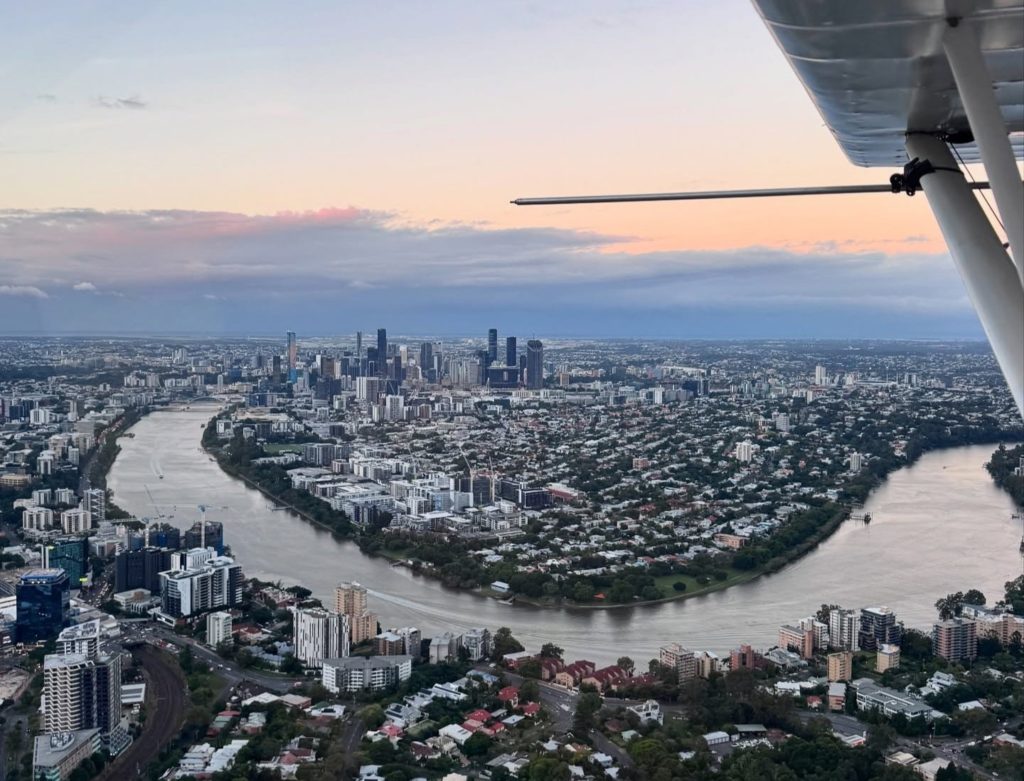
Key takeaways from RAAus RAAP 14:
Key takeaway: It’s not just about the rego. Every flight into controlled airspace requires:
Pilot requirements:
- RAAus requirements: BFR, membership, relevant endorsements.
- A current CASA licence (RPL or higher) + valid flight review.
- Medical clearance (Class 2 Basic or higher).
- Airspace endorsements for controlled operations.
Aircraft requirements:
Amateur-Built Aircraft
- May enter controlled airspace only with specific CASA exemption (CASA 91.050 ). Applications for exemptions go through tech@raaus.com.au.
- Aircraft must be fitted with an approved engine (no automotive conversions such as VW/Subaru/Isuzu).
- Must carry radio and transponder (if required), with calibration by a LAME.
- Compass swing recommended (AWB 34-008), with deviation card fitted.
Factory Built Aircraft
- Altimeter, airspeed indicator, and fuel gauges are calibrated under CAO 100.5.
- Transponder fitted and calibrated when required.
- Radio suitable for two-way ATC communication.
- Compass swing recommended (AWB 34-008), with deviation card fitted.
<a id=”when-can-an-raaus-pilot-fly-into-controlled-airspace” aria-hidden=”true”
style=”position:relative;display:block;height:0;margin:0;padding:0;overflow:hidden;”> </a>
PARTICIPATE TO WIN!
Read and watch the content above then complete the short quiz to enter our Week 2 prize draw!
YOU COULD WIN ONE OF THE FOLLOWING PRIZES*
FIRST PRIZE: Aera 660 Portable Aviation Navigator
Sponsored by Garmin
Valued at $1,456
SECOND PRIZE: iPad Mini 64GB + OzRunways Subscription
Sponsored by RAAus and OzRunways
Valued at $1,298
THIRD PRIZE: FLYTE Sunglasses
Sponsored by FLYTE
Valued at $245
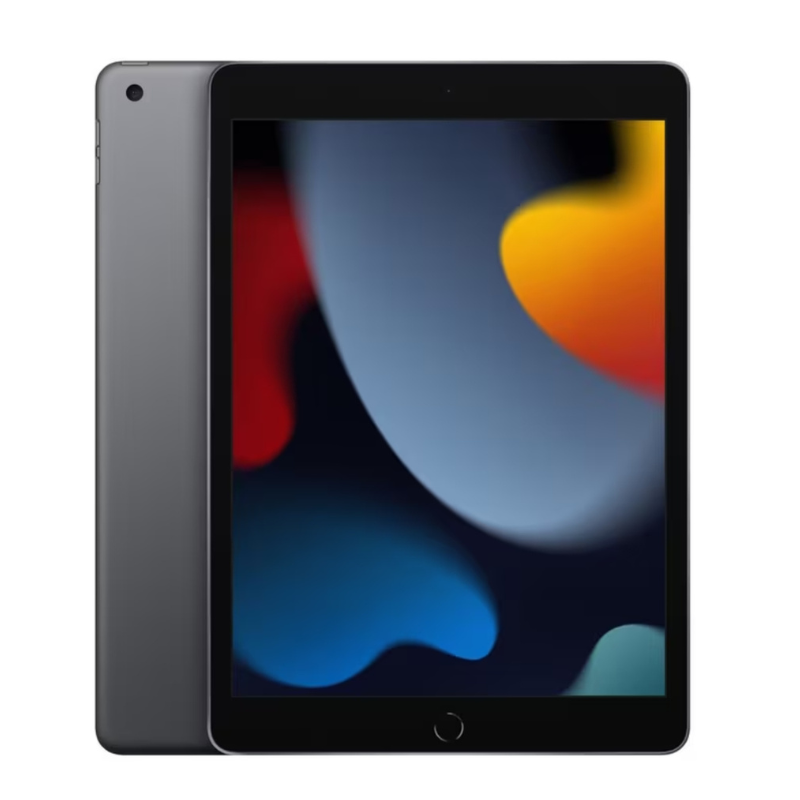
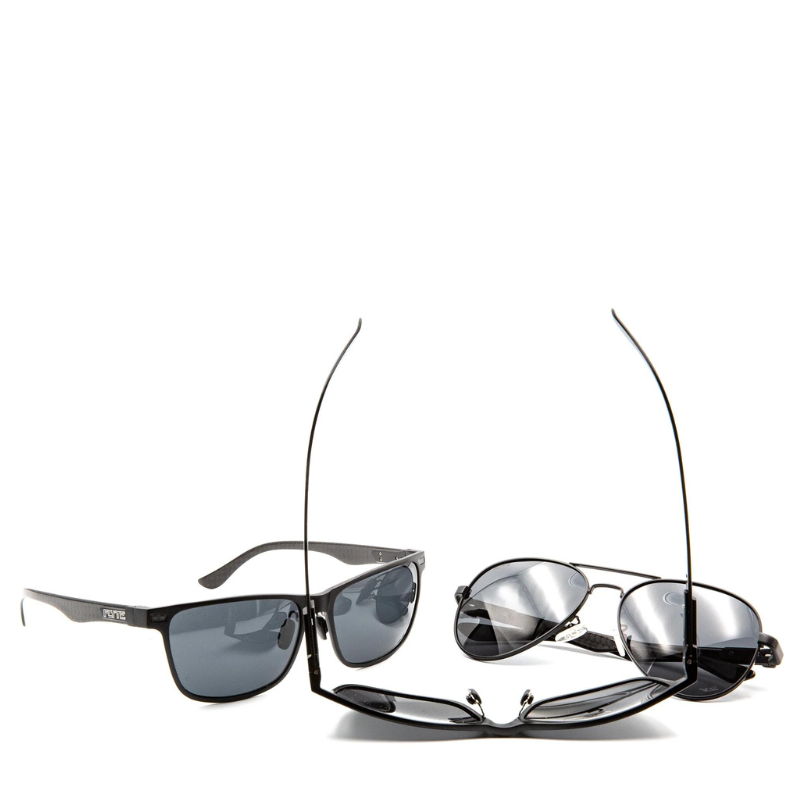
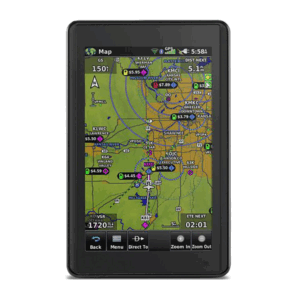
*Applicants must hold a current Flying Membership or Non-Flying Membership in order to win the first prize.
*Terms and Conditions apply
